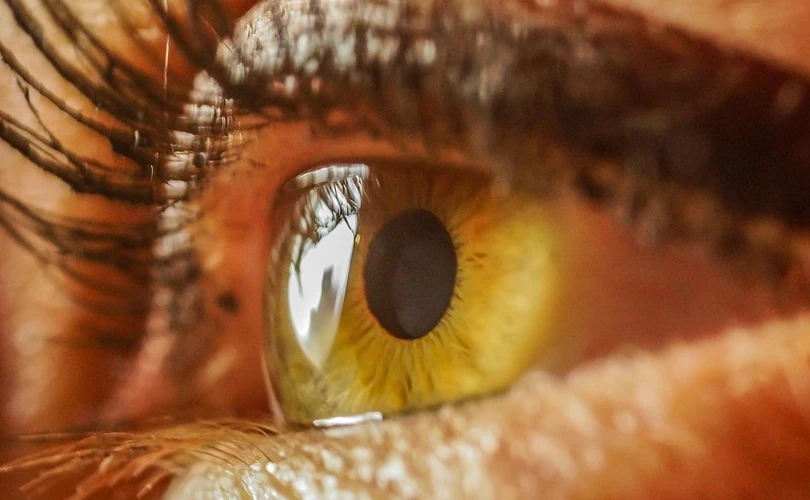Studies have demonstrated the efficacy of cannabis in lowering intraocular pressure (IOP) in individuals suffering from glaucoma. Intraocular pressure (IOP) refers to the fluid pressure within the eye, and an increase in IOP is a significant contributing factor to the development of glaucoma.
Glaucoma, the second leading cause of blindness worldwide, affects about 60 million individuals annually, behind cataracts. Primary open-angle glaucoma, the predominant disorder, is characterized by slow and progressive destruction of retinal cells and deterioration of the optic nerve. The patient’s visual field gradually diminishes due to these losses, resulting in complete loss of eyesight.
The precise process via which cannabis lowers intraocular pressure (IOP) is not well comprehended. However, it is believed to be a result of the interaction between cannabinoids and the endocannabinoid system. The endocannabinoid system is a distributed network of receptors throughout the body, including the ocular organs.
Cannabinoids can attach to cannabinoid receptors located in the eyes, resulting in a range of outcomes, such as diminishing the generation of aqueous humor, the fluid that flows within the eye.
Various methods exist for using cannabis in the treatment of glaucoma. The substance can be consumed by smoking, vaporization, ingestion, or topical application. The optimal mode of transportation relies on the specific requirements and inclinations of the individual.
For specific individuals, smoking or vaporizing cannabis is considered the most efficient method to decrease intraocular pressure (IOP). Some individuals discover that consuming cannabis, whether through capsules, edibles, or beverages, yields superior results.
Commencing cannabis treatment with a minimal dosage and progressively augmenting it is crucial in attaining the desired reduction in intraocular pressure (IOP). Avoiding the use of cannabis is vital during pregnancy or when nursing.
Risks and Adverse Reactions
Cannabis is usually considered to be harmless for the majority of individuals when used in moderation. Nevertheless, it can induce some adverse reactions, including xerostomia, ocular erythema, vertigo, and compromised motor skills. Occasionally, cannabis can induce anxiety, paranoia, and psychosis.
Prior consultation with a medical professional is crucial before the usage of cannabis, particularly if one has pre-existing medical issues or is currently on medication.
In Conclusion
Cannabis has the potential to be an innovative therapeutic choice for glaucoma. Before starting treatment, it is crucial to engage in a discussion with your physician regarding the possible hazards and advantages associated with the utilization of cannabis for glaucoma.
Furthermore, it is crucial to acknowledge that cannabis does not serve as a remedy for glaucoma. Collaborating with your doctor is critical to effectively managing your glaucoma and mitigating the risk of vision impairment.






